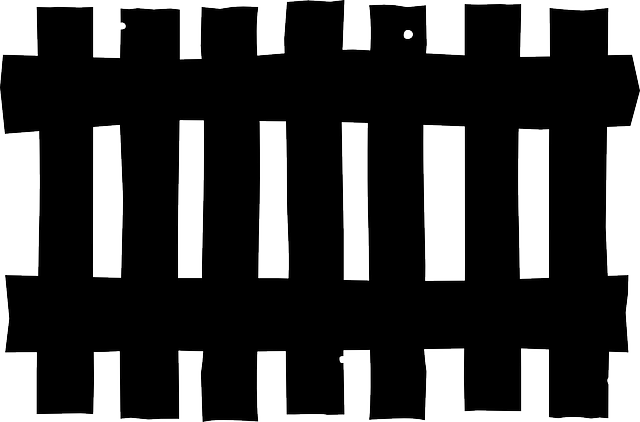DIY Fence Installation Tips for New Bedford, Massachusetts Homeowners
Considering a DIY fence installation? For New Bedford residents, this project offers an excellent opportunity to enhance your property’s curb appeal and security. Before you begin, careful planning is key. This article guides you through every step, from obtaining necessary permits and determining your layout to selecting the right materials suited for New Bedford’s climate. We’ll equip you with a list of essential tools and provide a detailed, step-by-step installation guide. Additionally, we offer maintenance tips to ensure your fence stays in top condition.
- Planning Your Fence Installation: Permits and Layout
- Choosing the Right Fence Material for New Bedford Climate
- Tools and Equipment Needed for a Successful DIY Project
- Step-by-Step Guide: Installing Your Fence
- Maintenance Tips to Keep Your Fence Looking Great
Planning Your Fence Installation: Permits and Layout
Before starting your DIY fence installation, thorough planning is key to ensure a smooth process. The first step involves obtaining any necessary permits from the local municipality, as different areas in New Bedford, Massachusetts have specific regulations regarding fence construction. Check with your local building department to understand the requirements and apply for the required permits well in advance of your project start date.
When planning the layout of your fence, consider factors like where it will be placed on your property, its proximity to neighbors, existing structures, and any potential obstacles. Measure the area accurately to determine the fence’s dimensions and the number of posts needed. A clear layout plan will make installation easier and more efficient, ensuring a sturdy and aesthetically pleasing fence for your New Bedford home.
Choosing the Right Fence Material for New Bedford Climate
When considering fence installation in New Bedford, Massachusetts, selecting the appropriate material is a top priority to ensure longevity and durability. The region’s climate plays a significant role in this decision. With cold winters and warm summers, homeowners need a fence that can withstand varying weather conditions. For instance, opt for materials resistant to rot and rust, as these issues are more prevalent in moist environments.
Wooden fences are a popular choice but require regular maintenance due to New Bedford’s humidity levels. Alternatively, vinyl or composite materials offer low-maintenance options, being resistant to moisture and less prone to warping or fading over time. These weatherproof choices are ideal for homeowners seeking convenience without frequent upkeep.
Tools and Equipment Needed for a Successful DIY Project
For a successful DIY fence installation, New Bedford homeowners should gather essential tools and equipment in advance. This includes a measuring tape to accurately assess your yard’s perimeter, a level for ensuring straight lines, and post-hole digger or an electric drill with a hole-drilling attachment to create the necessary openings for posts. Don’t forget protective gear like gloves and safety goggles to shield you from debris and potential hazards. Additionally, a string line tool will help guide your fence’s alignment, while a wheelbarrow facilitates the transport of heavy materials. Having these tools ready ensures a smoother installation process and helps achieve a professional-looking fence.
Step-by-Step Guide: Installing Your Fence
Installing a fence is a rewarding DIY project that can significantly enhance your New Bedford, Massachusetts property’s curb appeal and security. Here’s a straightforward step-by-step guide to ensure the process goes smoothly. Begin by assessing the perimeter you wish to fence, marking out the exact path with stakes and string for accurate measurement. Clear the area of any debris or obstructions that might interfere with installation. Next, obtain the necessary permits from local authorities if required. Purchase your chosen fencing material – wood, vinyl, or metal – considering factors like durability, maintenance, and cost. Lay out the fence panels according to their design and placement, ensuring they’re level and aligned properly. Dig holes for the posts using a post-hole digger, and position them at the marked spots, checking again for level and alignment. Fill the holes with concrete, allowing it to set completely before attaching the fence panels to the posts using brackets or nails specific to your fence material.
Maintenance Tips to Keep Your Fence Looking Great
Regular cleaning and maintenance are essential to keeping your new fence in top condition. Start by sweeping or brushing away any dirt, debris, or leaves that accumulate on the fence surface. Use a soft-bristled brush for wooden fences to avoid damaging the finish. For metal fences, consider using a pressure washer to remove stubborn stains and build-up.
Inspect your fence regularly for any signs of wear, rot, or damage. Repair or replace any broken sections promptly to maintain the structural integrity of the fence. Apply fresh coats of paint or sealant as needed, especially after harsh winter seasons, to protect the fence from elements and prolong its lifespan.
